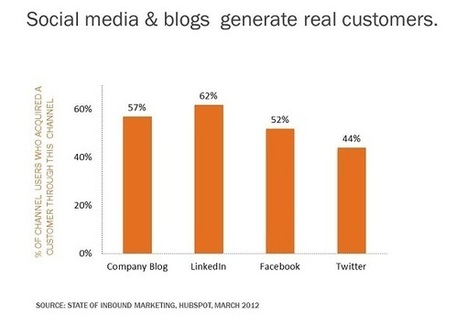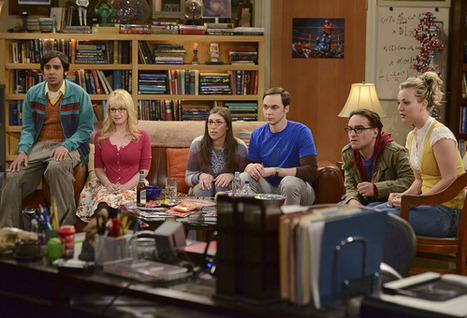Fueling social media growth and search optimization, content marketing is on a growth trajectory.
Many marketers think content marketing is either B2B or B2C but as Heather Meza of Cisco pointed out:
“Content marketing isn’t B2C or B2B, it’s P2P.”
Take a look at some of the significant elements of content marketing strategies B2B and B2C marketers use and you’ll find their approaches are strikingly similar. That’s why it makes sense to think of content marketing as people-to-people.
5 Points of content marketing comparison
Here are five salient points that emerged from the results of the 2013 Content Marketing Benchmarks, Budgets and Trends by Content Marketing Institute and MarketingProfs...
[Must-read for marketers, content anmd PR pros ~ Jeff]



 Your new post is loading...
Your new post is loading...

![B2B Versus B2C Content Marketing [Research] | Heidi Cohen | Public Relations & Social Marketing Insight | Scoop.it](https://img.scoop.it/vLwWigU-r5A7xrOS_CGdbDl72eJkfbmt4t8yenImKBVvK0kTmF0xjctABnaLJIm9)









